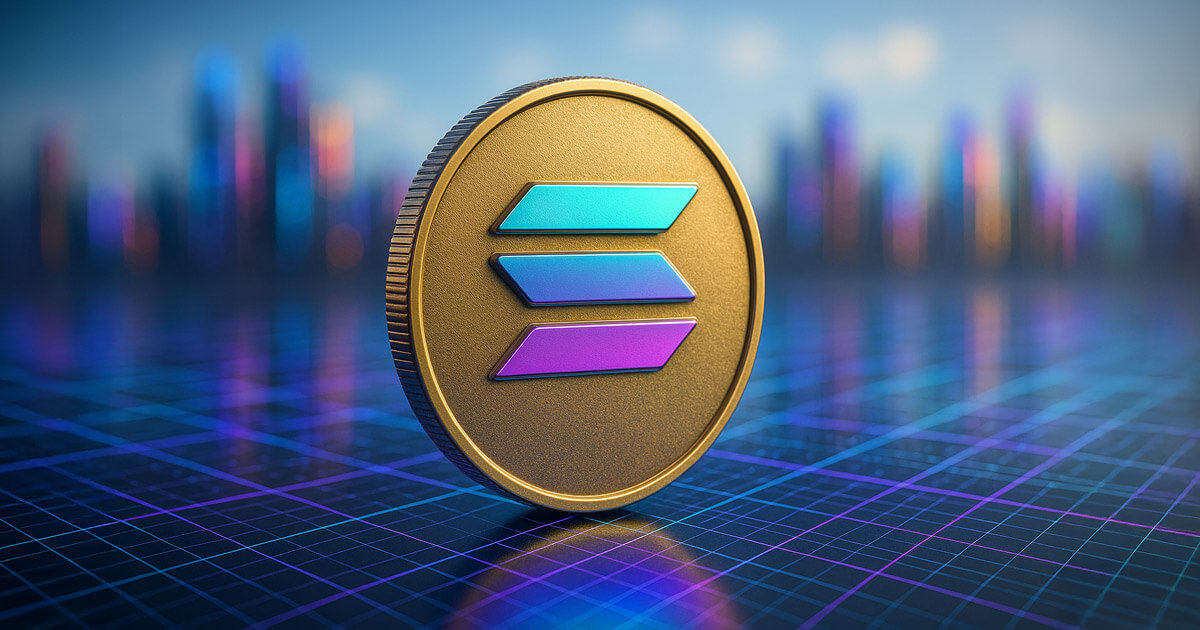As blockchain technology sees increased adoption across industries, networks can become congested when transaction volumes exceed processing capacity. This leads to slower confirmation times, higher fees, and a degraded user experience. Understanding the root causes and implications of congestion is key to implementing effective solutions.
Several factors contribute to blockchain congestion. Greater user and transaction volume inherently strains networks built for fewer participants. Popular decentralized apps (dApps) and surges during events like initial coin offerings (ICOs) also overload capacity. Even malicious spam transactions can clog networks. Physical limitations like poor connectivity further obstruct efficient data flows.
The consequences span from frustrating user experiences to platforms becoming too costly for regular transactions. Developers must allocate more resources to boost performance, rather than improving functionality. Without remedies, a lack of scalability could hinder mainstream blockchain adoption.
Promising congestion remedies involve both immediate fixes and long-term scaling approaches. Users can set reasonable fees to avoid bidding wars. Layer-2 solutions like itcoin">Bitcoin’s Lightning Network move some transactions off-chain. Increasing block sizes and using efficient consensus models also help.
More advanced sharding techniques parallelize transaction processing by partitioning blockchains into shards operating independently. Combining such strategies can smooth operations even during traffic spikes. Efficient blockchain transaction processing remains imperative for delivering on the technology’s scalability promises.
#Blockchain #Congestion #Scalability





